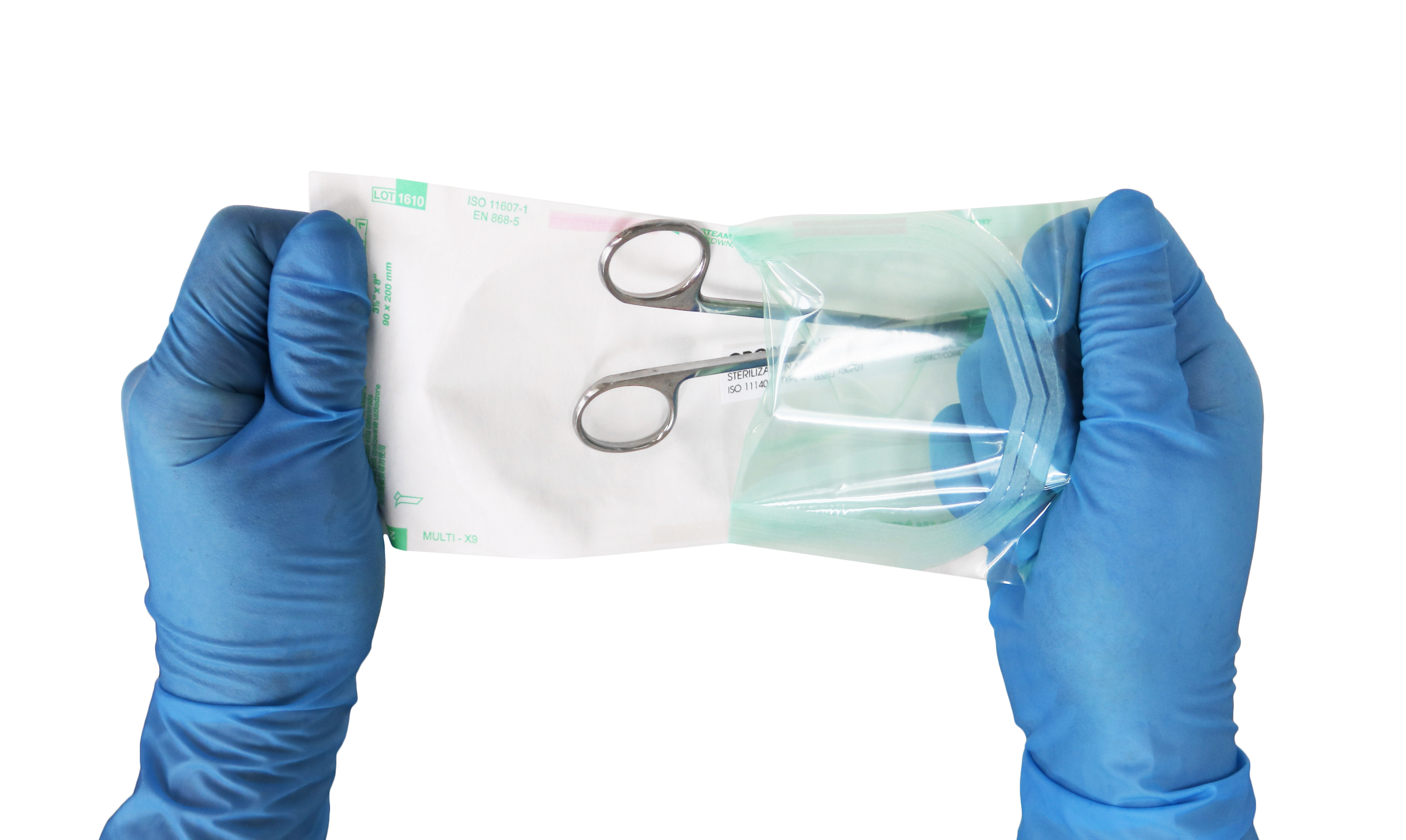KEEP IT CLEAN DURING FLU SEASON – ISSUE NO. 138
January 1, 2012
Keep it Clean During Flu Season :
We are getting into the cold winter months and that can only mean one thing; its flu season. Some of my co-workers have already been out sick and many of us are doing our best to stay healthy this time of year. Some people have already prepared themselves by getting their annual flu shots, others are stocking up on multi-vitamins and everyone should be sure to constantly wash their hands.
In efforts for keep everyone healthy, most work places try to prevent infections and eliminate germs. Especially in the healthcare environment, this has become an increasing concern. Now more than ever, it is imperative to effectively track the results of sanitation efforts in the work place. ATP (adenosine triphosphate) monitoring systems are some of the newest and most exciting methods that facilities are using to monitor sanitation efforts. When utilized with accompanying data processing software, results can be tracked and analyzed over time to document improving performance. The procedure starts by defining a test plan in the software.
The science behind ATP sanitation monitoring systems is two chemicals, luciferin and luciferase, combining with ATP in their cells to produce light. This reaction, referred to as bioluminescence when it's in nature, and chemiluminscence when incorporated into a commercial product, is the basic principal of all ATP sanitation monitoring systems.
The second major element of an ATP sanitation monitoring system is the use of a luminometer to measure the light produced by the reaction of ATP with lucifein and luciferase. The luminometer contains a device, either a photo-multiplier or photo-diode, which detects the amount of light that is being produced from the chemiluminiscent reaction occurring in the sampling process.
The procedure is to sample a surface with the supplied sampler. Within the sampler, the collected sample is mixed with the activating chemicals. The luminometer measures the resulting light. The more ATP collected the more relative light units (RLU's) the luminometer will report. RLU results are typically reported in a matter of seconds.
Even though ATP is a good tool for monitoring surface cleanliness, users must remember it does not detect everything. ATP is in living eukaryotic (animal) cells and in self -replicating proklaryotic (microbial) cells. ATP is not present in viruses nor is it present in biological components such as protein, carbohydrate, hemoglobin and lipids, soils typically found on surgical instruments. Thus if ATP is found on a surface it indicates there are still has living microorganisms or viable human cells, but not organic soils from clinical-use of instruments. Remember that ATP is not specific to any one organism. Also remember that RLU values from one brand of ATP system does not necessarily equate to those in another.
ATP sanitation monitoring is a quick and simple tool for healthcare facilities to monitor the effectiveness of their cleaning efforts on environmental surfaces. It helps the staff follow a process that determines when a properly sanitized working environment has been achieved, resulting in a safer environment for patients and healthcare workers alike.
HAVE A QUESTION?
WE ARE HERE TO HELP
Have a question about our products? Contact us today to speak directly to a Healthmark team member or shop our catalog now to request a inquiry


